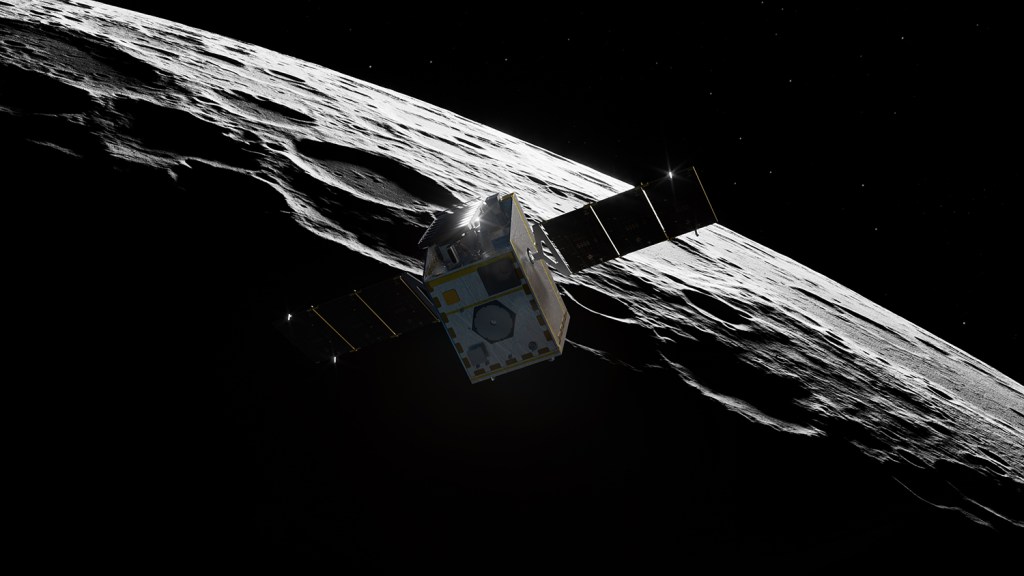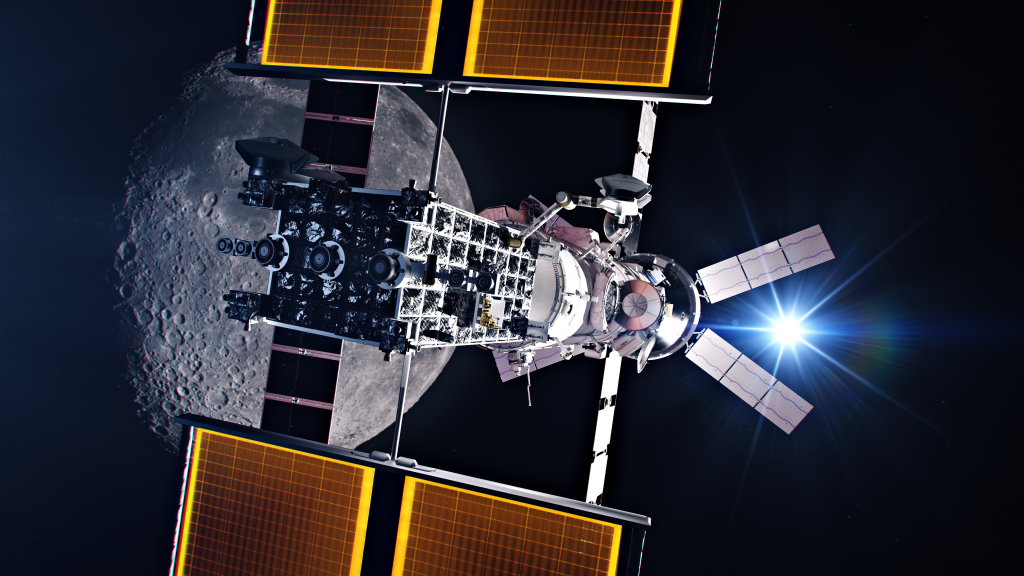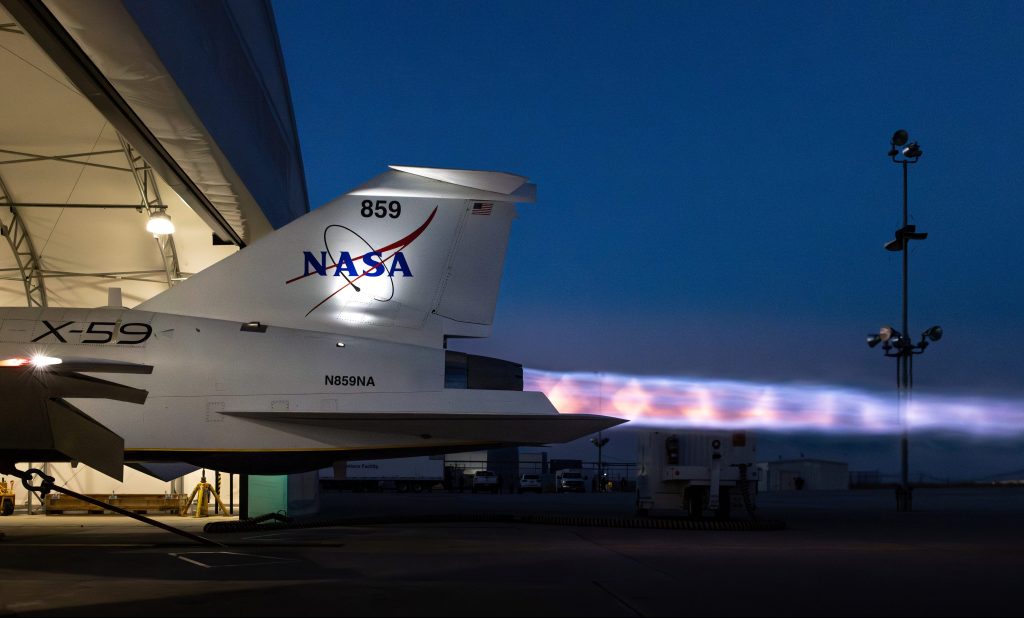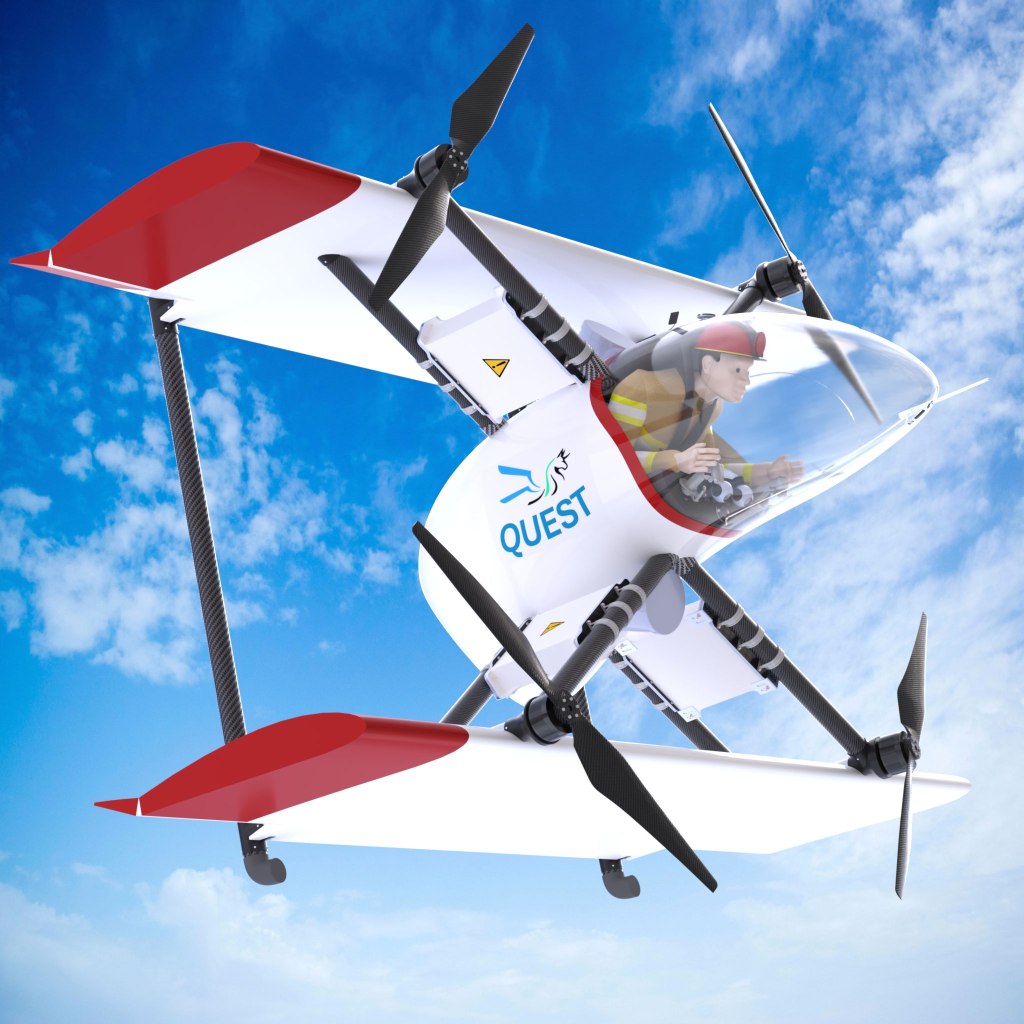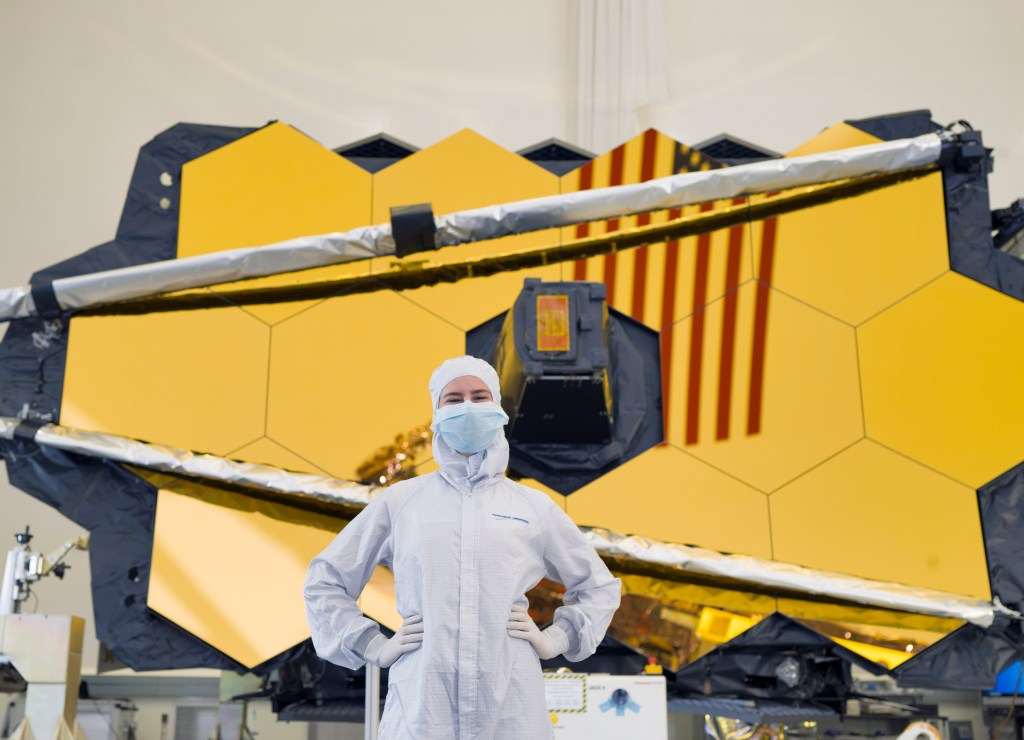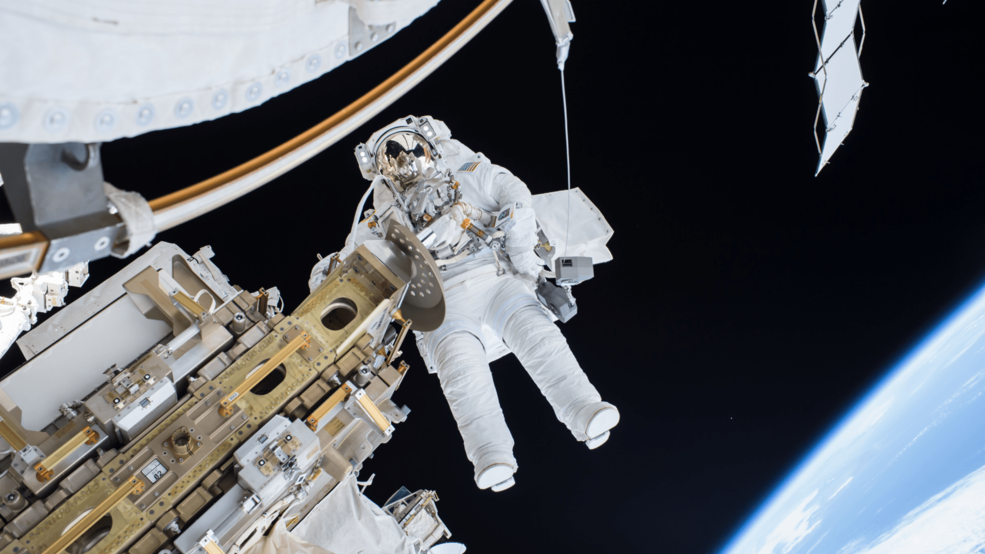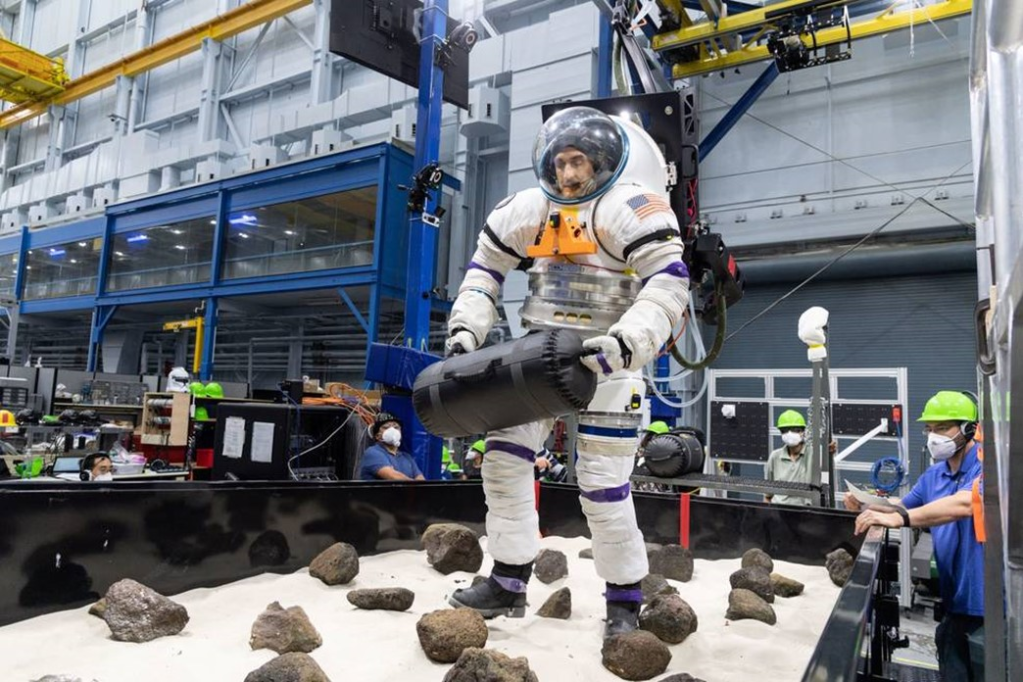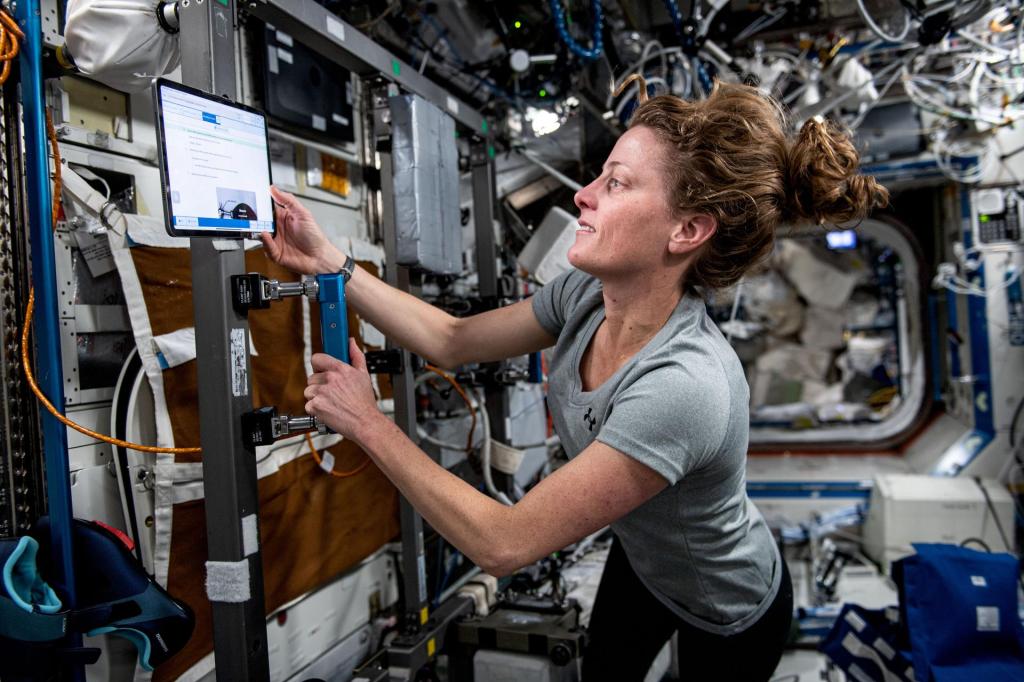About CIPHER
Astronauts headed to the International Space Station can sign up for a broad suite of experiments that will help scientists pinpoint how the human body reacts to long-duration missions in space. The research will help NASA prepare astronauts for missions to the Moon, Mars, and beyond.
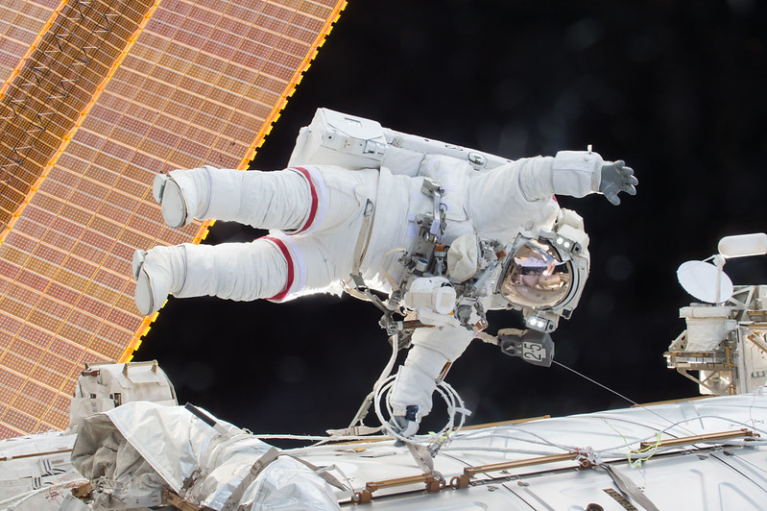
Before astronauts embark on a multi-year venture to Mars, NASA must learn everything possible about how humans adapt to long-duration missions in space. That’s why the agency developed the Complement of Integrated Protocols for Human Exploration Research program, or CIPHER.
CIPHER takes a full-body approach, investigating how multiple systems in the body react to spaceflight over increasingly longer mission durations. To this end, CIPHER includes:
- Fourteen studies conducted across short-duration missions (less than ~3.5 months), standard-duration missions (between ~3.5 to ~8 months), and extended-duration missions (longer than ~8 months), and
- As many as 30 astronauts that will contribute to all 14 CIPHER studies, with up to 10 astronauts contributing to each mission-duration category.
The 14 CIPHER studies involve careful examination of how spaceflight affects:
- Bone and joint health
- The brain and behavior
- The cardiovascular system
- Exercise performance
- Sensorimotor systems, including how astronauts maintain balance
- Vision
- Biomarkers of muscle, bone, vascular, and organ health
The studies will be performed before, during, and after flight. Data will be gathered from participating astronauts through biological samples, eye and vision exams, cognition and behavioral tests, cardiovascular exercises, ultrasounds, MRIs, and other technologies and techniques.
These data will be combined with baseline information taken from all astronauts as part of the Standard Measures project.
All data will then be fully integrated into one set, so that scientists can gain a comprehensive view of how increasingly longer missions affect the entire human body.
Key Points
As NASA plans for future Artemis missions to the Moon and elsewhere, CIPHER will:
- Enable researchers to identify trends in how humans adapt to spaceflight across different mission durations,
- Help scientists predict what will happen to individuals and crews as a whole, both physiologically and psychologically, on a venture to the Red Planet, and
- Provide NASA with information necessary to develop strategies that will keep astronauts safe, healthy, and productive during missions to the Moon, Mars, and beyond.

